Salvia Variety List
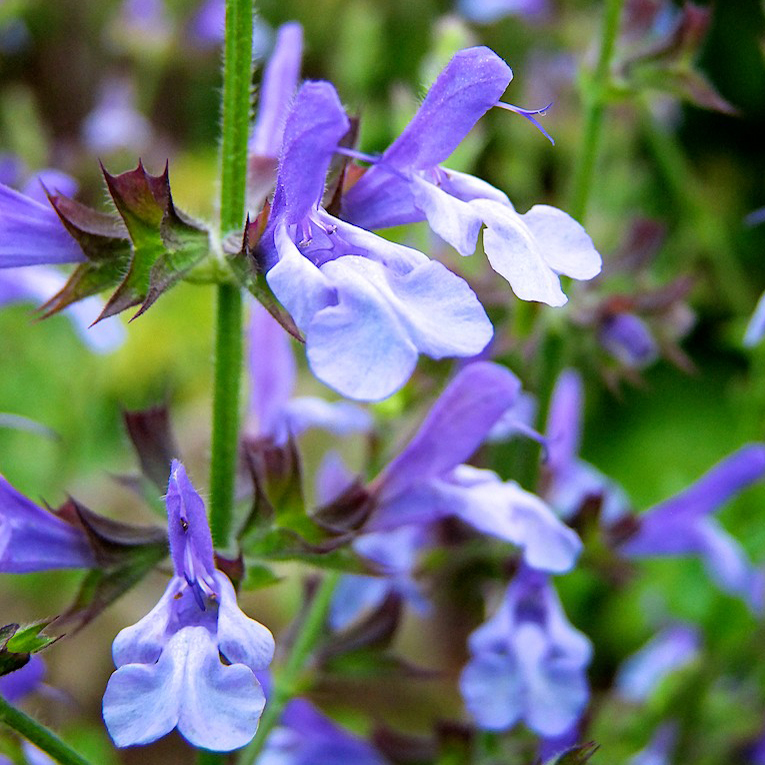 |
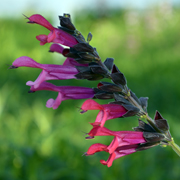 |
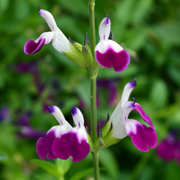 |
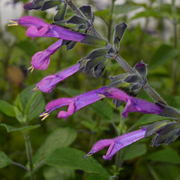 |
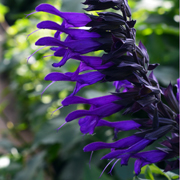 |
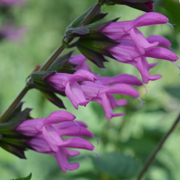 |
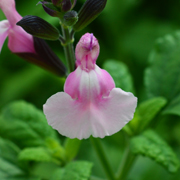 |
 |
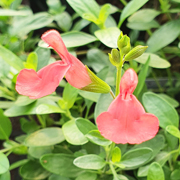 |
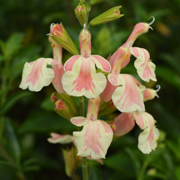 |
 |
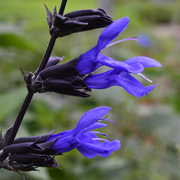 |
 |
 |
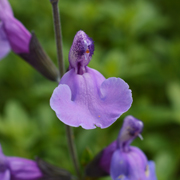 |
 |
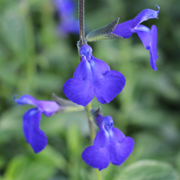 |
 |
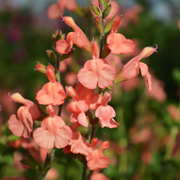 |
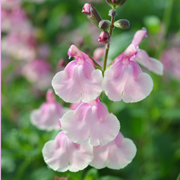 |
 |
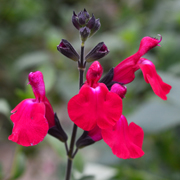 |
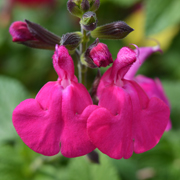 |
 |
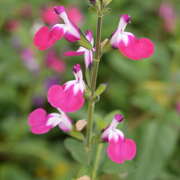 |
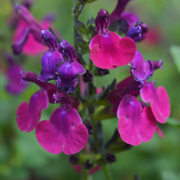 |
 |
 |
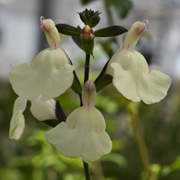 |
 |
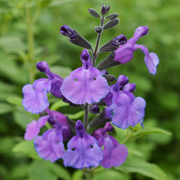 |
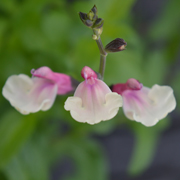 |
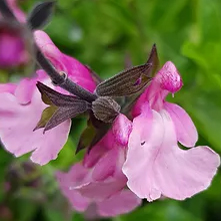 |
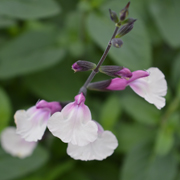 |
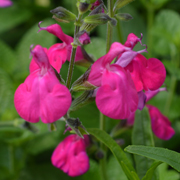 |
 |
 |
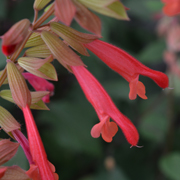 |
 |
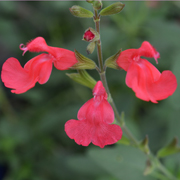 |
 |
 |
 |
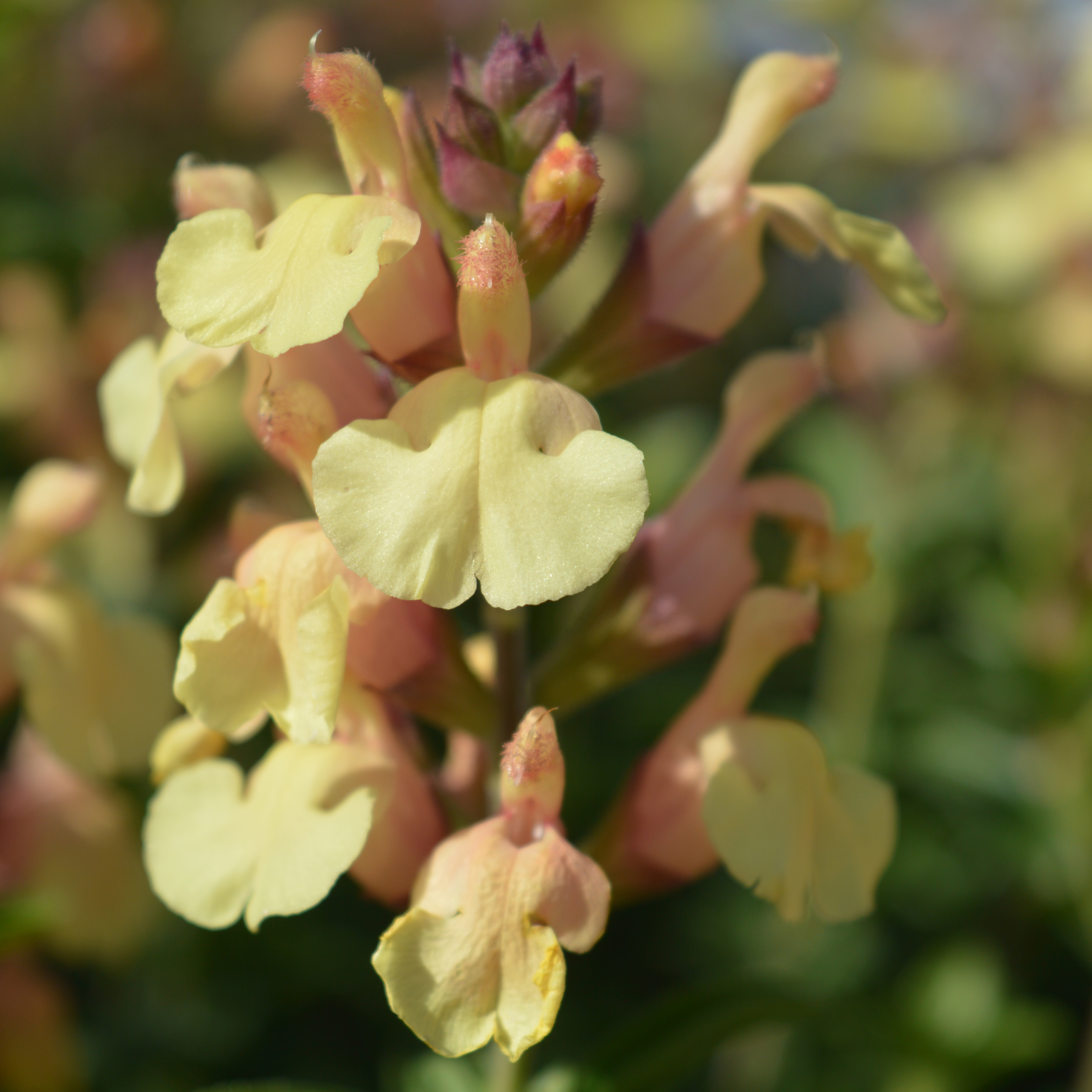 |
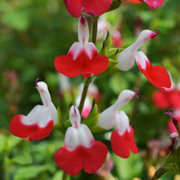 |
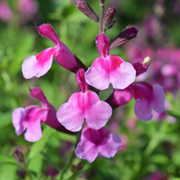 |
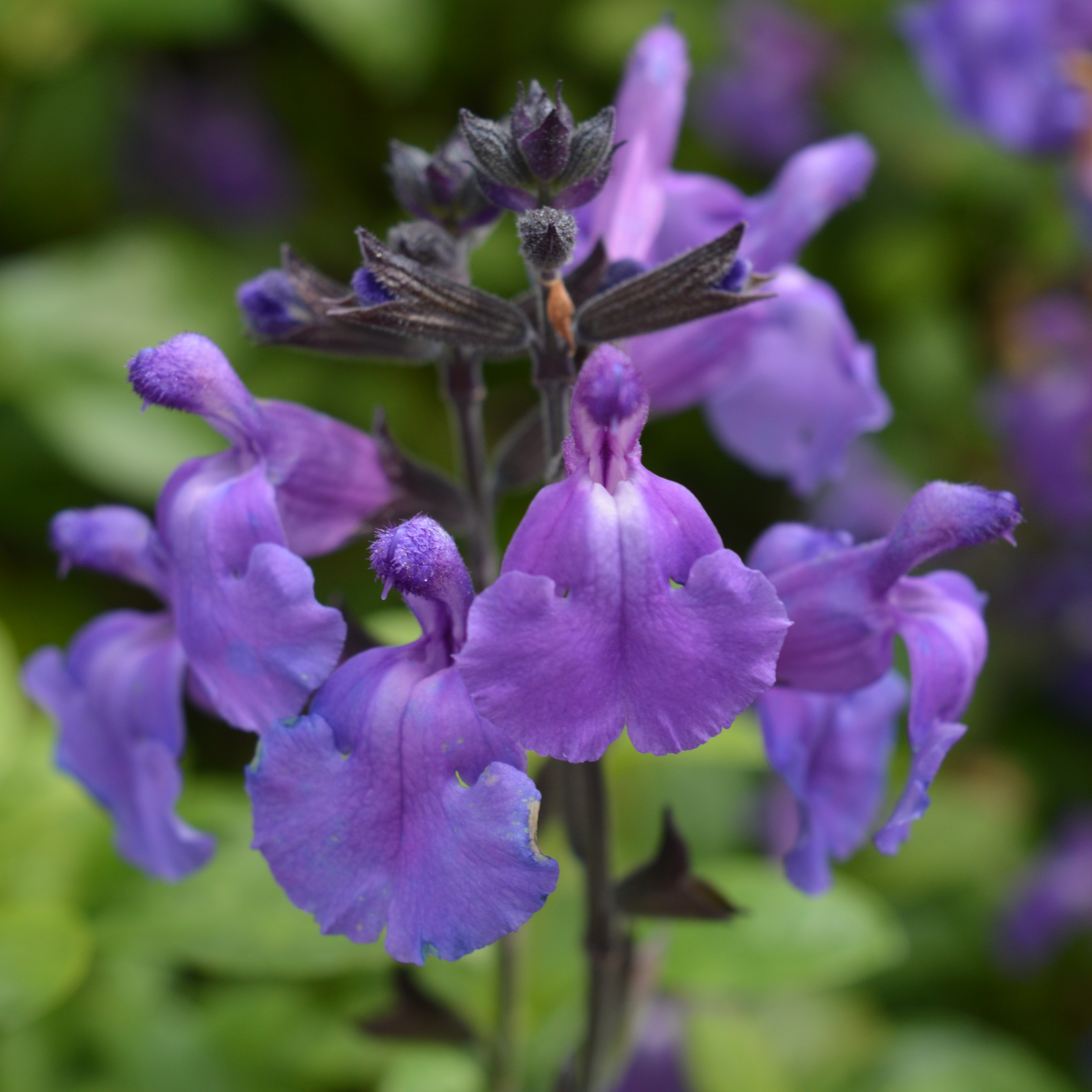 | 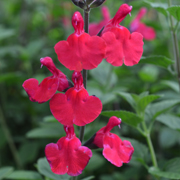 |
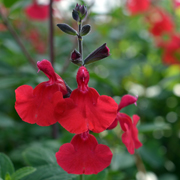 |
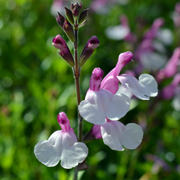 |
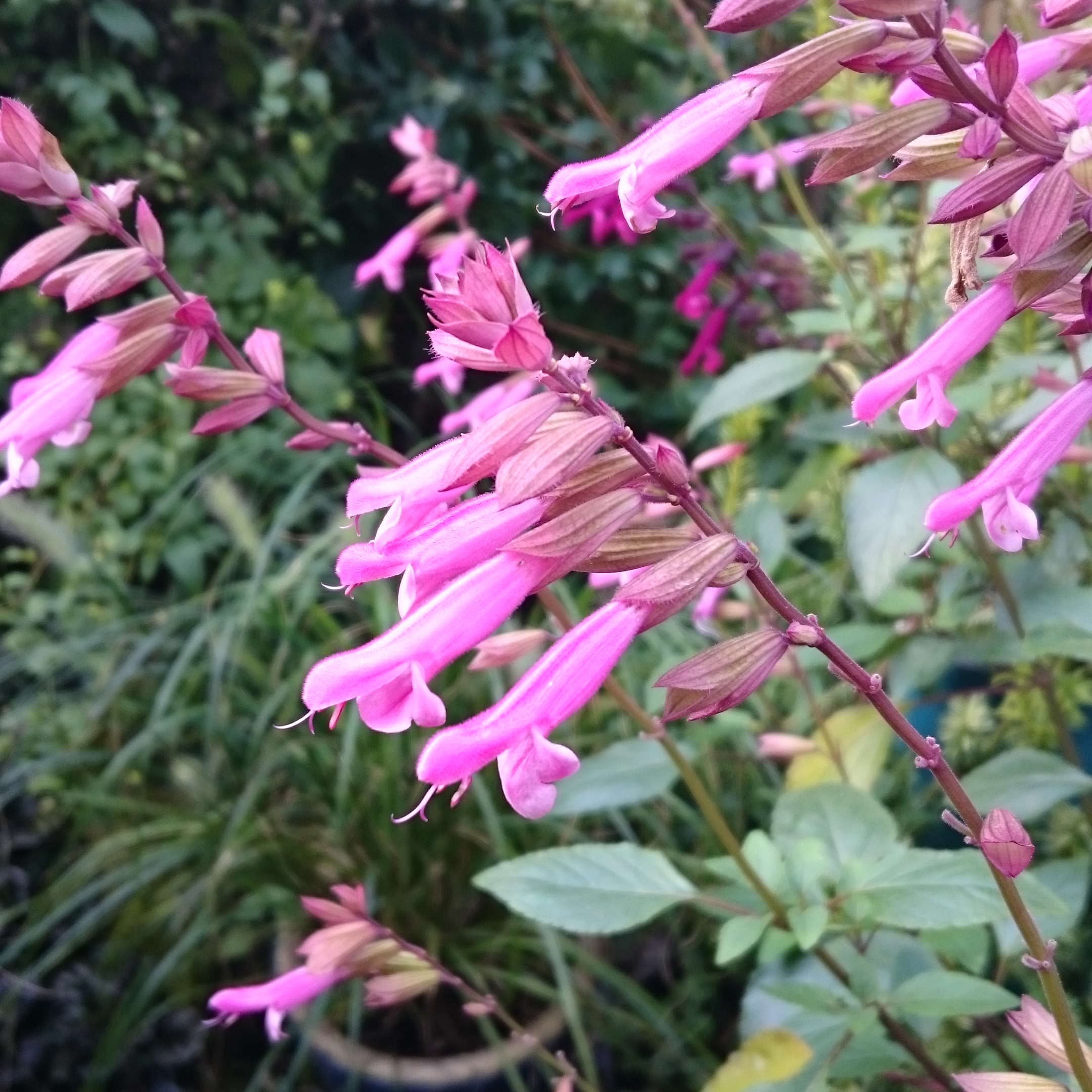 |
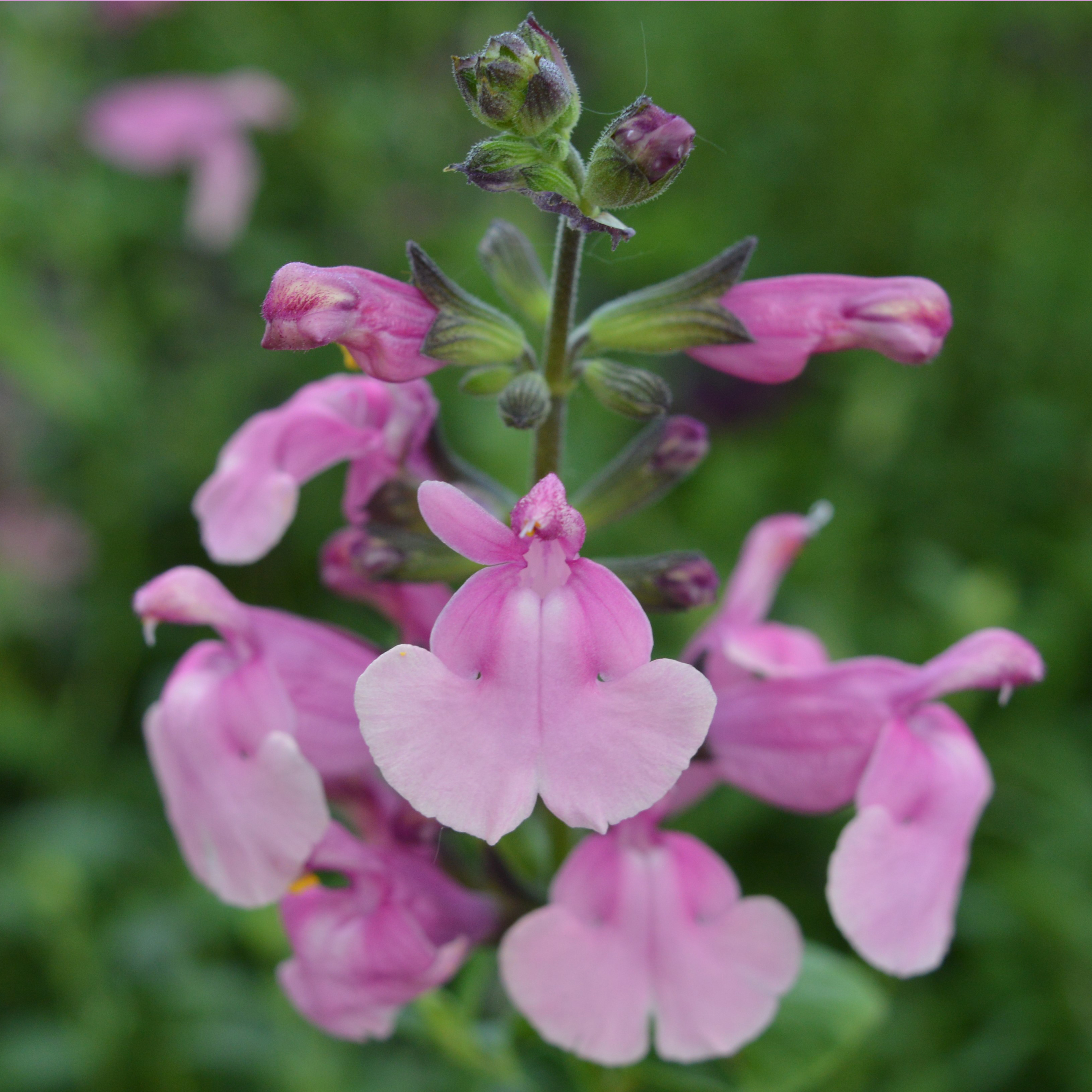 |  |
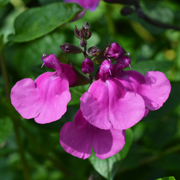 |
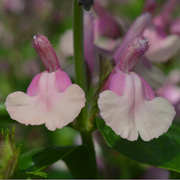 |
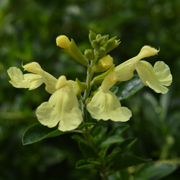 |
 |
 |
 |
 Melba Magic™ 'Peach Melba' |
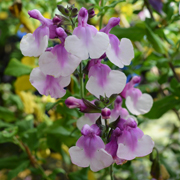 Melba Magic™ 'Raspberry Melba' |
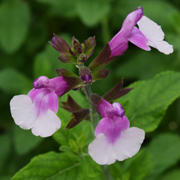 Melba Magic™ 'Strawberry Melba' |
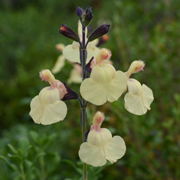 |
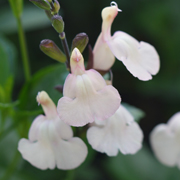 |
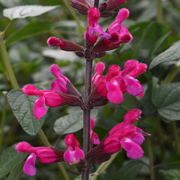 |
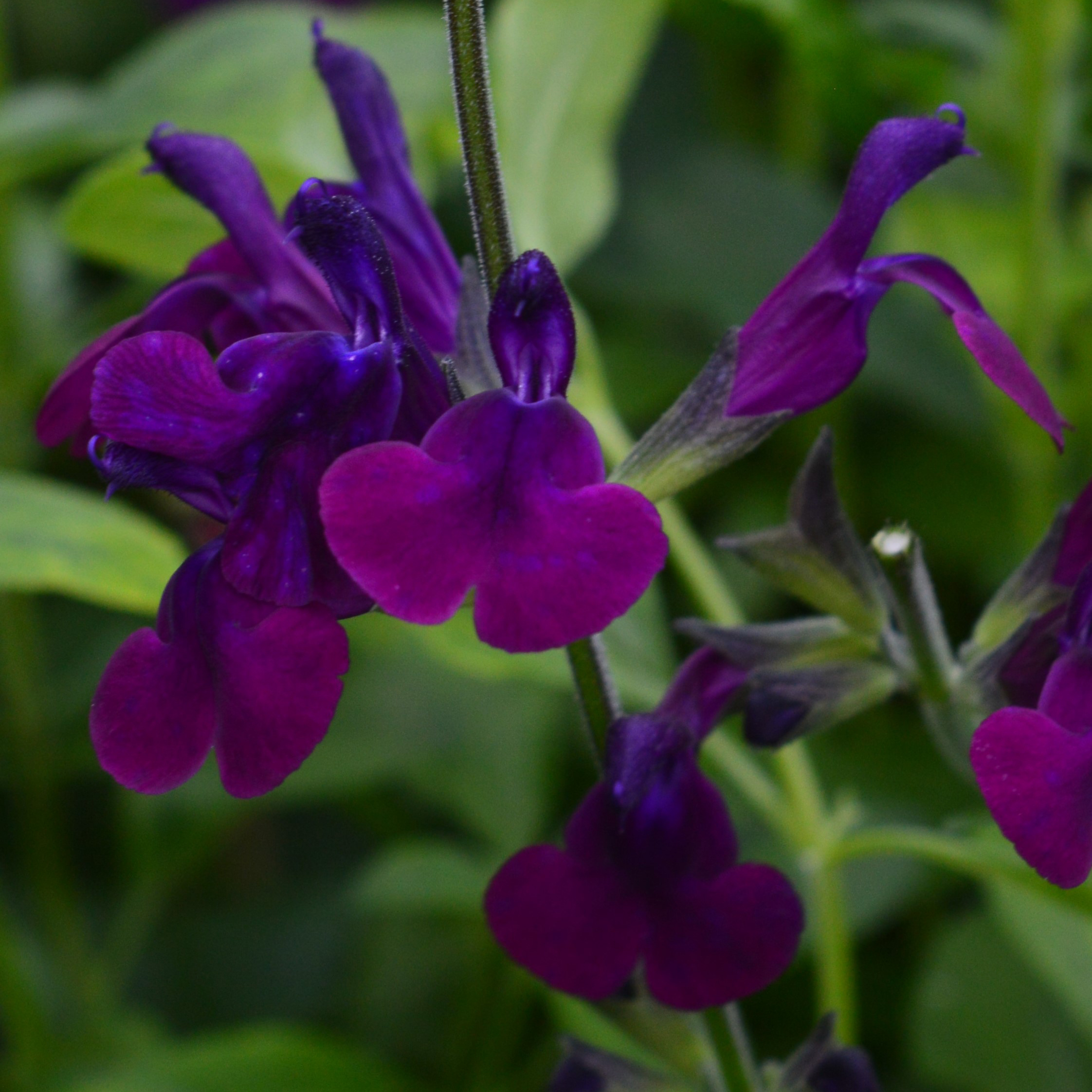 |
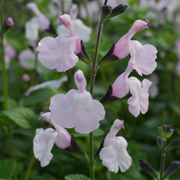 |
 |
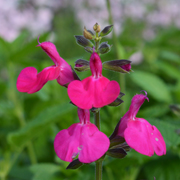 |
 |
 |
 |
 |
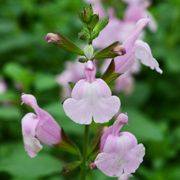 |
 |
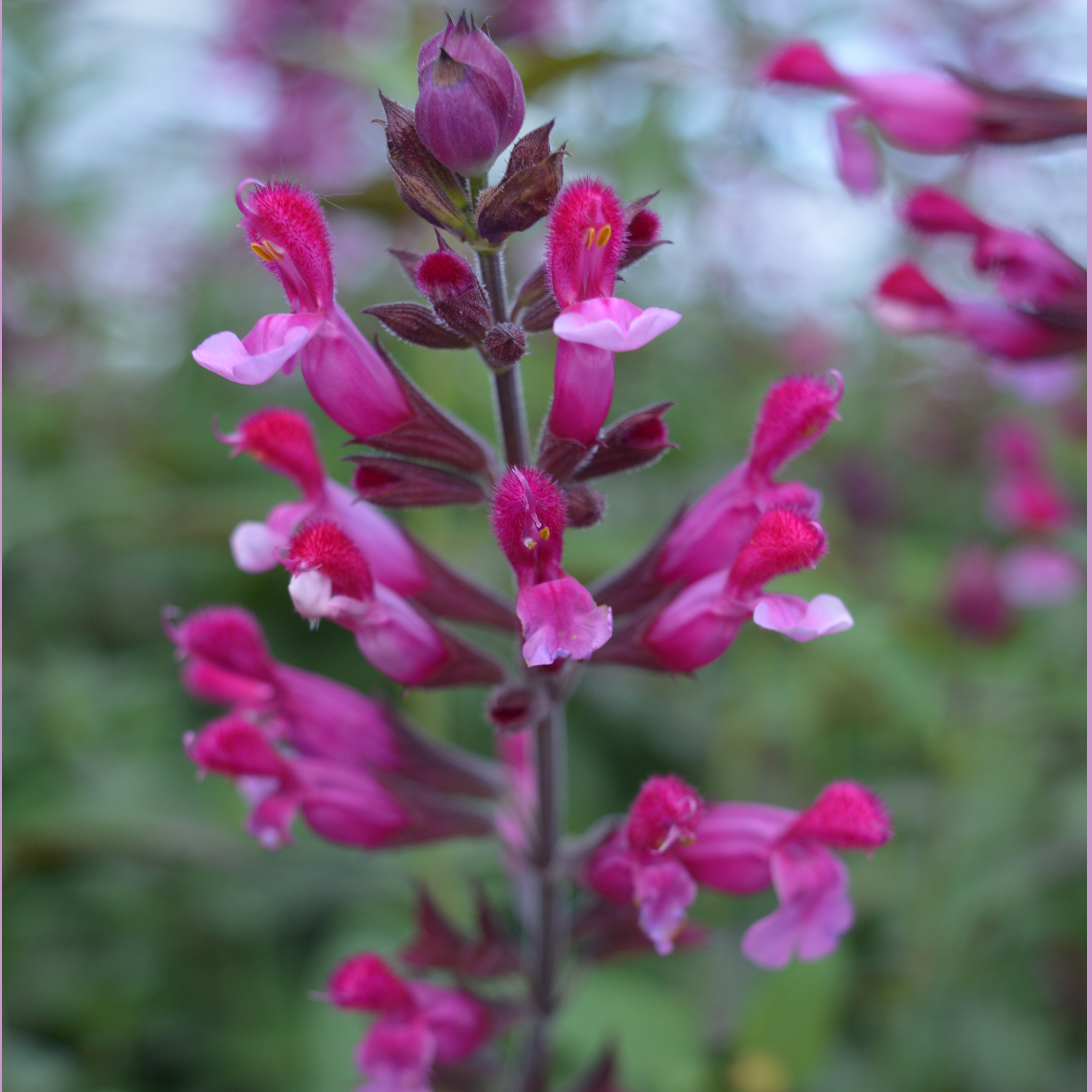 |
 |
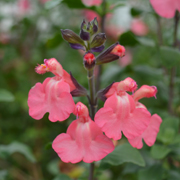 |
 |
 |
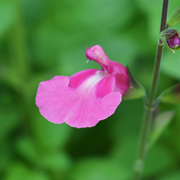 |
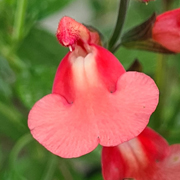 |
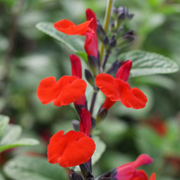 |
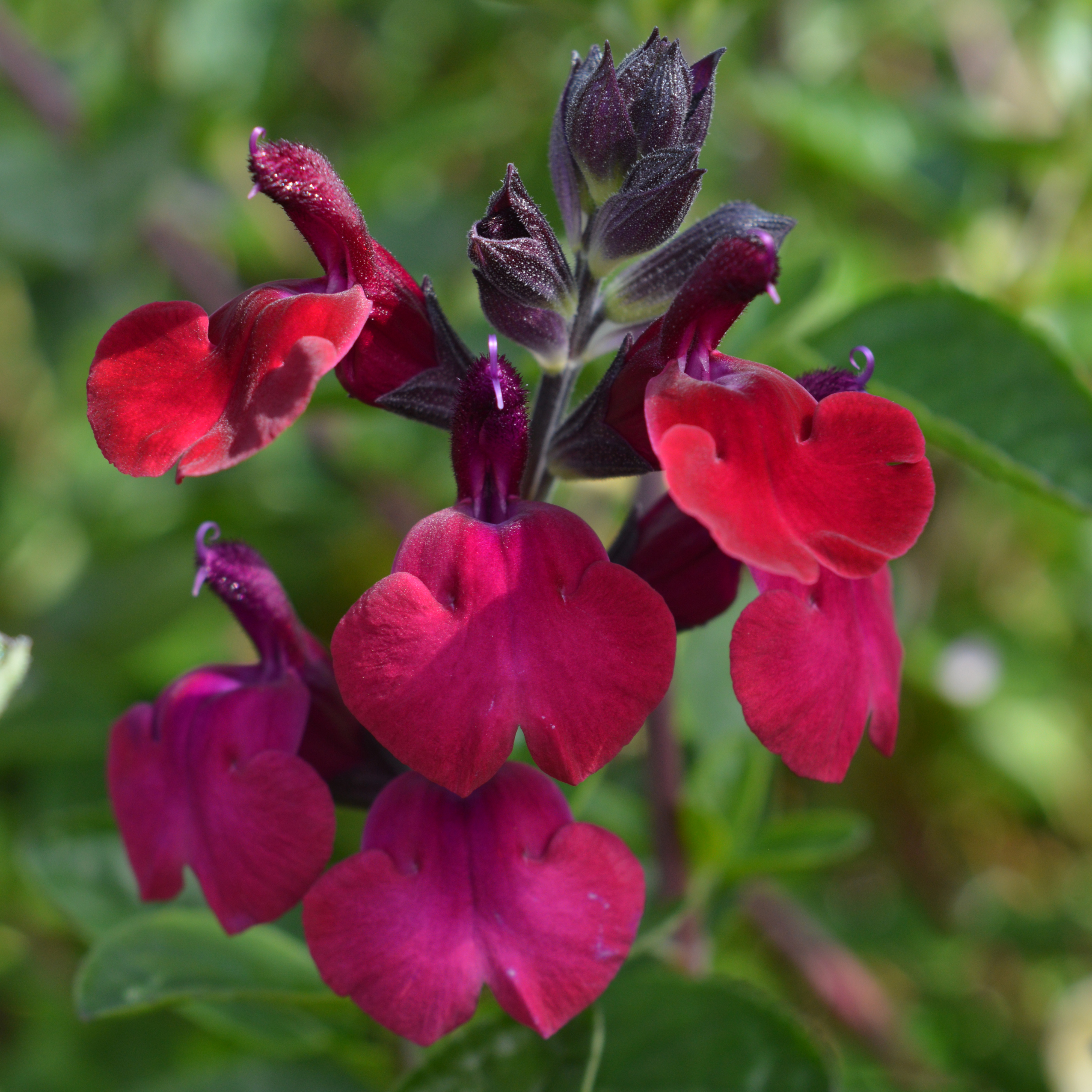 |
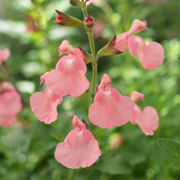 |
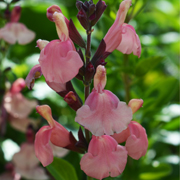 |
 |
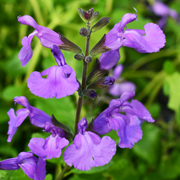 |
 |
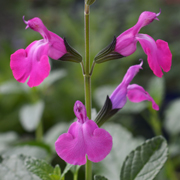 |
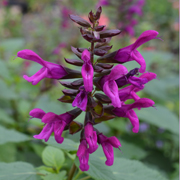 |
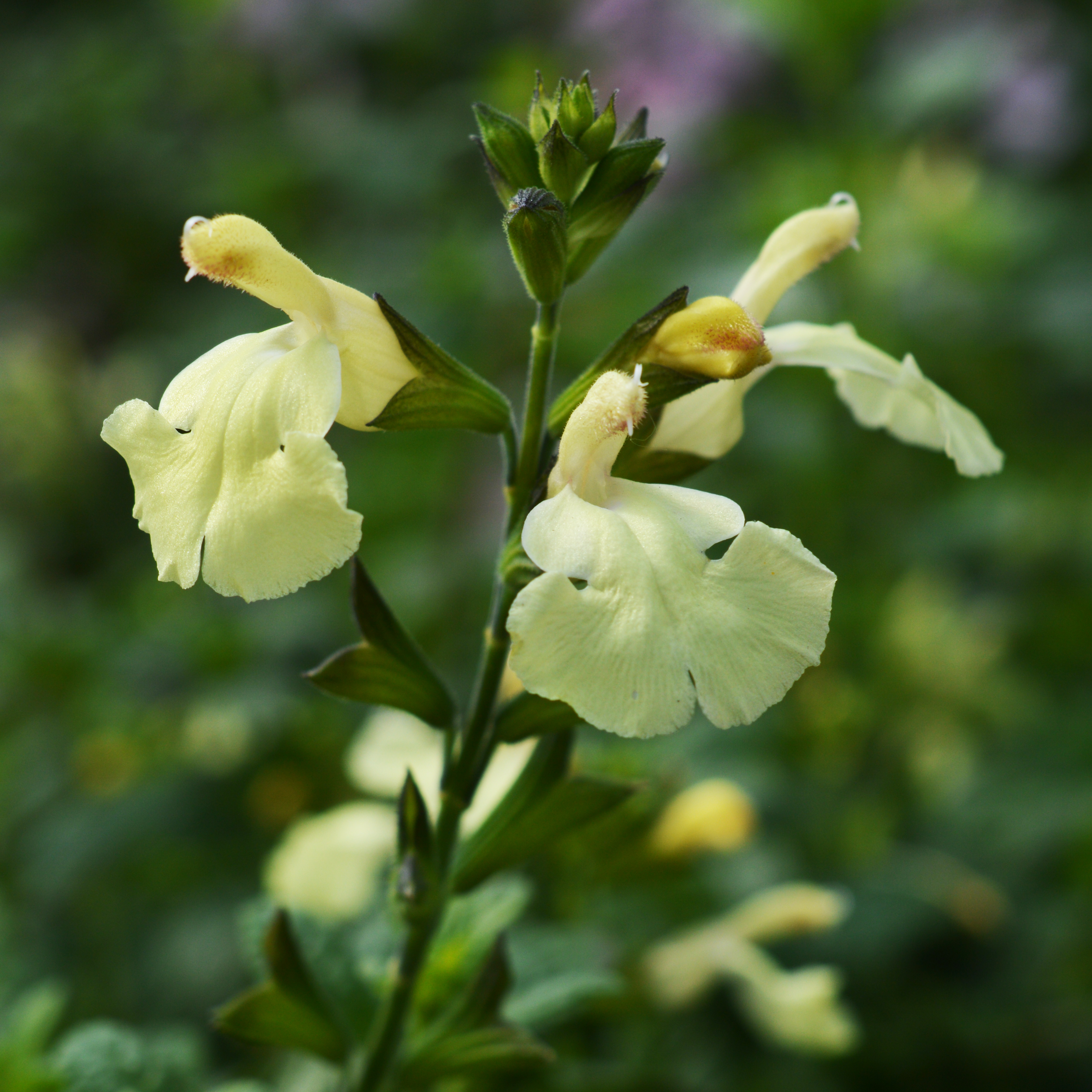 |
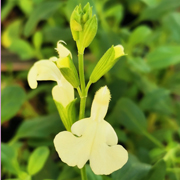 |
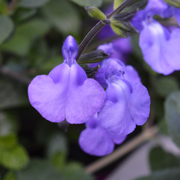 |
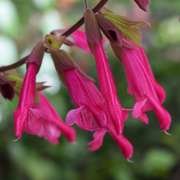 |
 |
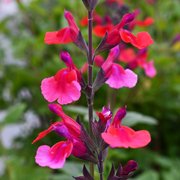 |
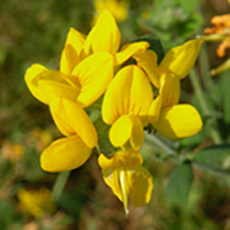
Birds Foot Trefoil
Lotus corniculatus
A member of the pea family, Bird's Foot Trefoil's name comes from the appearance of the seed pods on their stalks. The attractive bright yellow, slipper like flowers, take on an orange hue as they age, giving rise to another name for this variety of Eggs & Bacon!
It is an important food source for the Common Blue and Clouded Yellow butterflies, and also the colourful and distinctive Five-spot and Six-spot Burnet moths. However, perhaps most importantly, it is one of the best wild nectar sources for bees.
| Habitat: | Almost any soil type but dislikes damp and very acidic or very infertile soil. Loves the sun and because of it's tolerance of been cut, suitable for meadows and lawns. |
| Flowering: | May to September |
| RHS Perfect for Pollinators. |  |

Bishop's Flower
Ammi majus
This now common British wildflower originated in the Nile River Valley, where it was used to treat vitiligo as early as 2000 B.C.
A member of the carrot family, Bishop's flower has dainty snow-white flower heads, looking like fine lacework, which are often used by florists for the ethereal and romantic quality it brings to arrangements.
Great for attracting butterflies, hover flies and other beneficial insects into the garden and in the autumn, the seed heads offer an important fodd source for finches.
| Habitat: | Moist but well-drained soil in full sun or partial shade. |
| Flowering: | June to September |
| RHS Award of Garden Merit. |  |

Bladder Campion
Silene vulgaris
Bladder Campion is so called for the green or dull pink, dark viened, bladder-like calyx that sits just behind the white, five-petalled flowerhead. This bladder - like calyx is actually made up of the fused sepals.
The white flowers are open all day, emitting a clove-like scent only in the evening attracting long-tongued moths. It's rich nectar also attracts bumblebees, butterflies and one of Britain's most attractive and colourful insects the red and black froghopper (Cercopis vulnerata).
| Habitat: | A wide range of moist, well-drained soils in full sun or partial shade. |
| Flowering: | May to September |
| RHS Perfect for Pollinators. |  |
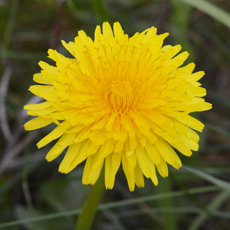
Cat's Ear
Hypochaeris radicata
Cat's Ear is one of many mistaken for dandelions but can be identified by a slightly swollen part of the stem just below the bright yellow flowerheads and also from the little 'ear-shaped' leaflets, which supposedly give rise to the name, found along the otherwise smooth stems.
The most noticeable difference is that unlike dandelions, who produce a single flower on a hollow stem, Cat's Ears have multiple flowers on branched stems.
Cat's Ear is a source of nectar for bees and is recommended to those trying to create a bee-friendly patch in the garden.
| Habitat: | Dry, slightly acidic, well-drained soil in full sun or partial shade. |
| Flowering: | June to September |
| RHS Perfect for Pollinators. |  |

Common Fleabane
Pulicaria dysenterica
A member of the daisy family, Common Fleabane produces cheery clusters of bright yellow flowers on branched stems. Each flower comprises of numerous narrow, pistillate ray florets surrounding a prominent center of tubular disc florets.
As the name suggests, it was once used by our ancestors specifically for the task of drving away unwanted fleas and midges! Nowadays, Common Fleabane is more commonly seen around garden ponds where it attracts a wide range of insect life including bees, butterflies, dragonflies and damselflies.
| Habitat: | Permently damp soil, slightly acidic, in full sun. |
| Flowering: | July to September |
| RHS Perfect for Pollinators. |  |

Common Knapweed
Centaurea nigra
Common Knapweed , also known as Lesser or Black Knapweed, is one of Britain's most common wildflowers. The unmistakable bright pink-purple, thsitle-like flowers comprise of many tubular florets and the actual flower head is a mass of dark brown fringed bracts overlapping each other like roof tiles. Whilst looking very much like a thistle, it can be easily distinguished by the absence of any spines or prickles!
A firm favourite for our pollinating insects, it is a source of good quality nectar supporting our bees, butterflies and beetles. It's seeds provide food for goldfinches and many other birds.
| Habitat: | Moist but well-drained soil in full sun or partial shade. |
| Flowering: | June to September |
| RHS Perfect for Pollinators. |  |
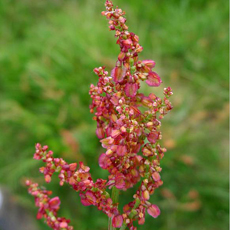
Common Sorrel
Rumex acetosa
A member of the dock family, Common Sorrel's leaves are an elongated oval with two lobes at the base which point backwards along the stem and a notable white mid-vein: these 2 features distinguishing it from other docks.
The wind-pollinated, whorled spikes of flowers, which can grow upto 60cm high, turn from green to orange and red to brown.
Larvae of several species of Lepidoptera feed on the leaves of Common Sorrel, including the blood vein moth and small copper butterfly.
| Habitat: | Neutral to slightly acidic soil in full sun or partial shade. |
| Flowering: | May to July |
| RHS Perfect for Pollinators. |  |
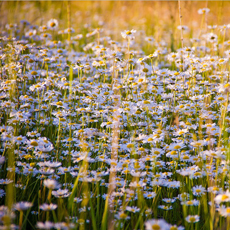
Corn Chamomile
Anthemis arvensis
Corn Chamomile is an aromatic plant with a faintly scented fern-like, feathery foliage producing a profusion of daisy-like flowers with white petals and a bright golden centre.
Often found in cornfield meadows, where densly grown strong flower stems can be seen giving support to other cornfield faourites with weaker stems such as Cornflowers and Poppies. Corn Chamomile's brillant white colour also provides a perfect background to show off the vibrant reds, blues and yellows of other conrnfield flowers.
Also know as Mayweed, Corn Chamomile provides a valuable supply of pollen and nectar to a wide range of insects, in particular hoverflies.
| Habitat: | All well-drained soil types, including poor and alkaline, in full sun. |
| Flowering: | June to September |
| RHS Perfect for Pollinators. |  |
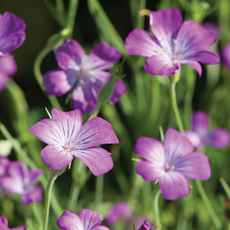
Corncockle
Agrostemma githago
Once a very common, attractive pinky / mauve jewel like flower of wheat fields, the Corncockle is now virtually extinct due to modern farming methods.
Growing up to 90cm in height, Corncockle produces thin hairy stems which produce five-petaled flowers throughout the summer, pink in colour graduating to a white centre, each petal having 3 dark intermittent stripes and attracting both bees and butterflies.
Corncockle was introduced into Britain as far back as the Iron Age and is mentioned in Shakespeare's Coriolanus.
Corncockle has received bad press over the years for it's toxicity but we must remember that many of our most popular garden plants are toxic, including daffodils, yew, hellebores and lupins and if treated with respect should cause us no problems.
| Habitat: | Well-drained, preferably poor soil, in full sun. |
| Flowering: | June to August |

Corn Marigold
Chrysanthemum segetum
Bold and bright, the cheerful yellow flowers of Corn Marigold are a magnate for pollinating insects.
Once classified as a Chrysanthemum you can see the similarity in the flowers but look a little closer and you will see it is quite different with toothed, blue-green leaves having a waxy 'bloom' which repel water, often holding beads of water after a shower
Plants will self seed easily making Corn Marigold an ideal plant for a wildflower meadow or natural planting scheme.
Corn Marigold is loved by bees, butterflies and moths, and it is the food plant of the Chamomile Shark Moth.
| Habitat: | Well-drained, moderately fertile, neutral to acidic soil in full sun. |
| Flowering: | June to October |
| RHS Perfect for Pollinators. |  |

Cornflower
Centaurea cyanus
Nothing compares to the vibrant blue flowers of Cornflower or Batchelor's button as in folklore it was worn by young men in love! The blue pigment giving the beautiful colour is protocyanin, which in roses is red.
Growing upto 90cm tall, with grey-green branched stems, Cornflower flowers all summer long. Look closely at the intensely blue flowers and you will see they are in fact a compound head of many small flowers.
The edible flower of Cornflower can be used for culinary purposes for example to add colour to a salad or as an ingredient to flavour teas like Lady Grey.
Not only loved by us, Cornflower is also a favourite of bees and common blue butterflies. In the autumn, the seeds provide a valuable food source particularly liked by Goldfinches.
| Habitat: | Well-drained soil in full sun. |
| Flowering: | May to September |
| RHS Perfect for Pollinators. |  |
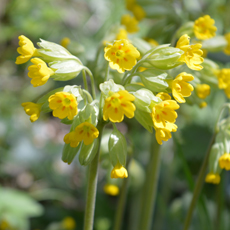
Cowslip
Primula veris
One of the Nation's best-loved spring flowers and a nostalgic symbol of the once flower-rich pastures of England. The name Cowslip is thought to come from the Old English for cow dung, probably because the plant was frequently found growing in cow pastures!
The bright yellow, trumpet-shaped flowers of Cowslip grow in nodding clusters on tall green stems and can be used as part of a salad or for flavouring wine.
As an early flowering plant, Cowslip is an important nectar source for various insects such as bees, beetles and butterflies like the Brimstone. Cowslip is also the larvae food plant for the rare Duke of Burgundy butterfly.
| Habitat: | Moist, humus-rich, neutral to acidic soil in full sun or partial shade. |
| Flowering: | April to June |
| RHS Perfect for Pollinators. |  |
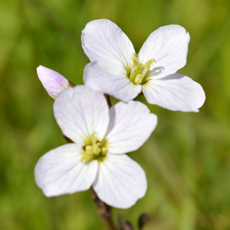
Cuckoo Flower
Cardamine pratensis
Cuckoo Flowers' name comes from the formation of the plant's flowers at around the time as the arrival each spring of the first cuckoos.
Growing up to 60cm in height, Cuckoo Flower produces cruciforme flowers with four pale lilac petals and yellow anthers over basal rosette of 8 pairs of oval leaves. It is best grown near water and the flowers close at night or during heavey rain
Believed to be sacred to fairies leads to the vernacular name of Fairy Flower: other names include Milkmaids and Lady's Smock.
Cuckoo Flower provides a nectar source in early spring for butterflies, bees and other insects. Li is also an essential larval food plant for the Orange-tip and Green-veined White butterflies
| Habitat: | Humus-rich moist soil in full or partial shade. |
| Flowering: | April to June |
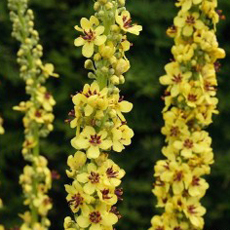
Dark Mullein
Verbascum nigrum
A handsome wildflower, Dark Mullein stands tall at up to 1m with 'candelabra' spikes of rich inflorescent, bright yellow flowers beautifully contrasting with 5 fuzzy purple-haired stamen.
Dark Mullein is valuable to wildlife threefold: Firstly, the flowers provide a good pollen and nectar source, secondly the seeds provide food for seed-eating animals and are expecially liked by Goldfinches and thirdly the dead flower stems provide hibernation opportunities for over-wintering invertabrates.
Dark Mullein is the food plant for the caterpillar of the aptly named 'Mullein' moth, easliy identified by it's striking yellow and black spots
| Habitat: | Dry, well-drained soil in full sun. |
| Flowering: | June to September |
| RHS Perfect for Pollinators. |  |
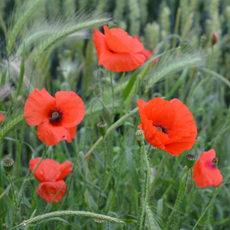
Field Poppy
Papaver rhoeas
Needing little explanation, Field Poppy is probably our most iconic and well-recoginsed wildflower.
Growing up to a height of 60cm, Field Poppy (also known as Common Poppy or Flanders Poppy) brightens our day with it's vibrant red flowers.
During the First World War, Field Poppy was among the first plants to spring up in the devastated battlefields making it synonymous with remembering the loss of life and destruction suffered. Inspiring five of the most famous lines written in relation to the First World War, we need say no more about Field Poppy:
In Flanders fields the poppies grow,
Between the crosses, row on row,
That mark our place; and in the sky
The larks, still bravely singing, fly
Scarce heard amid the guns below
Lieutenant Colonel John McCrae
| Habitat: | Well-drained, preferably poor soil in full sun. |
| Flowering: | May to September |
| RHS Perfect for Pollinators. |  |
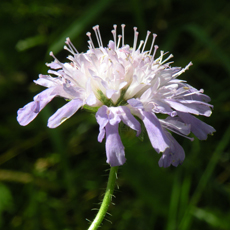
Field Scabious
Knautia arvensis
Growing up to 80cm in height, Field Scabious has long graceful flower stems ending in dainty flower heads of blue-violet flowers with pink anthers. The flat disk-like flowers actually consist of many small flowers, each of which has 4 unequal petal lobes unlike Small Scabious whose flowers have 5 petal lobes and are smaller.
The pom-pom like nature of the Field Scabious flowers have given rise to alternative names suchs as Lady's Pincushion, Gypsy Rose and Blue Bonnets
Field Scabious is a magnate to pollinating insects including bees, hoverflies, butterflies and moths
| Habitat: | Moderately fertile, well-drained, preferably alkaline soil in full sun. |
| Flowering: | June to October |
| RHS Perfect for Pollinators. |  |
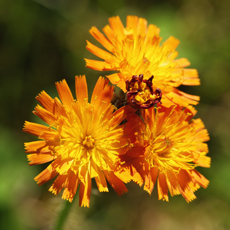
Fox 'n' Cubs
Hieracium (Pilosella) aurantiaca
The startling bright orange flowers of Fox 'n' Cubs are a distinguishing feature which contrast with the black 'hairs' that cover the stems and young flower buds.
Often grown specifically to attract pollinating insects, Fox 'n' Cubs will grow up to 40cm tall
Common names for Fox 'n' Cubs include Tawny Hawkhead, Devil's Paintbrush and Orange Hawkbit but there is nothing common about this wildflower and the bright sunny nature of this wildflower is sure to make you smile.
| Habitat: | Well-drained or dry, poor to moderately fertile soil in full sun or partial shade. |
| Flowering: | June to August |
| RHS Perfect for Pollinators. |  |
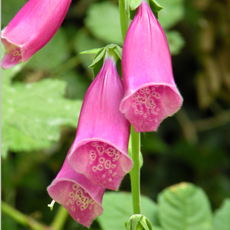
Foxglove
Digitalis purpurea
Well known and easily recognisable, Foxglove provides architectural height, growing between 1-2m tall.
The showy flower spikes bear bright pinkish-purple bell-shaped flowers with spotted throats: once thought to be the hand-prints of fairies.
A single Foxglove produces copius amounts of seeds (more than 70,000 per plant) providing a valuable food source for birds. It is also an excellent source of nectar for bumblebees, moths and honeybees. Foxgloves' bright flowers and dark spotted lips attract the bees and the lower lip provides a place to land before climbing inside.
| Habitat: | Moist, humus-rich soil in partial shade. |
| Flowering: | June to September |
| RHS Perfect for Pollinators. |  |
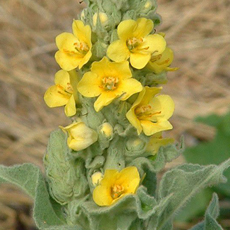
Great Mullein
Verbascum thapsus
A tall, erect wildflower, Great Mullein is covered with white or greyish down and bears flower spikes up to 2m tall, densly covered in bright yellow flowers with 5 stamens - you are not likely to mistake this plant for any other!
As well as a source of nectar, bees use the 'hairs' in making their nests and it is an important food plant for the larva of the Mullein Moth (Shargacucullia verbasci) - Look out for the easily identifiable caterpillar covered in black and yellow dots
| Habitat: | Dry, well-drained soil in full sun. |
| Flowering: | June to September |
| RHS Perfect for Pollinators. |  |
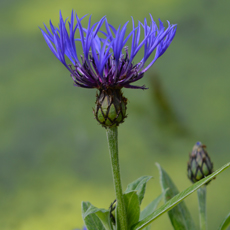
Greater Knapweed
Centaurea scabiosa
An ornamental wildflower, Greater Knapweed can grow up to 1m in height. Mounds of deep green leaves that are deeply dissected into rounded lobes produce Greater Knapweeds' upright branched stems crowned with a single thistle-like flower of rich pink and purple.
Look below the showy flower head and you will find an almost spherical involucre comprising of overlapping bracts that are green at the base and blackish-brown at the fringed tips: just as attractive as the flower head!
A magnate to many species of bees, butterflies and moths, notably the Marbled White butterfly (Melanargia galathea), Greater Knapweed is also the only known food plant for caterpillars of the moth Coleophora didymella
| Habitat: | Well-drained soil in full sun. |
| Flowering: | July to September |
| RHS Perfect for Pollinators. |  |
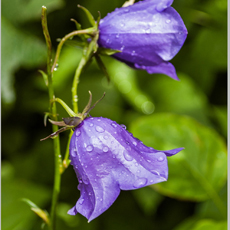
Harebell
Campanula rotundifolia
Harebell, with it's hanging blue bell-shaped flowers on slender stalks, may look fragile from it's delicate, papery appearance but in fact Harebell is incredibly tough and resiliant.
Harebell copes well with different growing conditions but as a result will vary in height from 15cm to 40cm.
Harebells are regularly visited by bumblebees and Honeybees, providing an autumnal source of nectar.
| Habitat: | Moist, well-drained soil in full sun or partial shade. |
| Flowering: | July to September |
| RHS Perfect for Pollinators. |  |

Heartsease (Wild Pansy)
Viola Tricolor
Heartsease (Viola Tricolor) was the progenitor of cultivated Pansy plants and because of this is often refrerred to as 'Wild Pansy'.
Dainty flowers appear in profusion throughout the summer in shades of purple, violet, cream, white and yellow, with 'whiskery faces' and growing up to 30cm in height.
Heartsease is one of the oldest favourites in the garden and plays an important part as a love-charm in Shakespeares 'A Midsummer Night's Dream'. It is also the primary larval food plant of the rare Queen of Spain Fritillary butterfly (Issoria lathonia).
| Habitat: | Any well-drained soil in full sun or partial shade. |
| Flowering: | April to October |
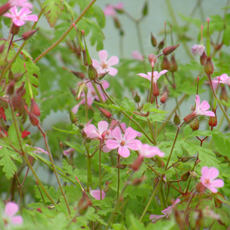
Herb Robert
Geranium robertianum
A pretty rose-pink flower, Herb Robert is normally found growing in shady places up to a height of 40cm.
The flowers have five petals with rounded tips and white veining and can be used, along with the leaves, to make tea.
Herb Robert has a strong distinctive smell and the leaves can be rubbed on the skin to repel 'biting' insects. Despite this smell, Herb Robert flowers are visited by numerous types of insects, including at least three species of Bumblebees.
| Habitat: | Moist, well-drained soil in partial shade. |
| Flowering: | April to November |
| RHS Perfect for Pollinators. |  |
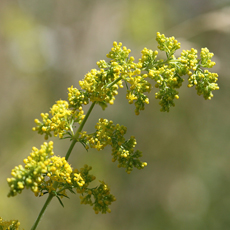
Lady's Bedstraw
Galium vernum
Lady's Bedstraw is thought to have been so-called because it was traditionally used for stuffing straw mattresses due to it's soft, springy qualities and wonderful hay scent when dried.
Growing up to 60cm, Lady's Bedstraw loves bright sunshine and dry soil and it's 'frothy' clusters of yellow flowers have a wonderful honey scent.
Lady's Bedstraw is an important source of food for caterpillars of the Broad-bordered Bee Hawk-moth as well as attracting pollinating insects such as bumblebees and butterflies.
| Habitat: | On any relatively infertile soil in full sun or partial shade. |
| Flowering: | June to September |
| RHS Perfect for Pollinators. |  |
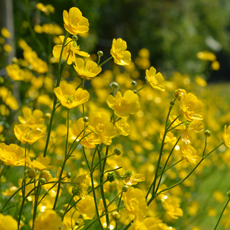
Meadow Buttercup
Ranunculus acris
Meadow Buttercup has iconic, saucer -shaped flowers of bright yellow, each having five shiny petals and spreading a little sunshine throughtout our countryside.
Reminding us all of our childhoods, when we would see if we liked butter by holding the flowers under our chins, Meadow Buttercup can grow to a height of 75cm.
Beneficial to flies, small moths and solitary bees, Meadow Buttercup is also visited by the pollen beetle (Meligethes aeneus).
| Habitat: | Moist, well-drained soil in full sun or partial shade. |
| Flowering: | April to October |
| RHS Perfect for Pollinators. |  |

Meadow Clary
Salvia pratensis
Meadow Clary is a handsome plant producing rosettes of attractive wrinkled leaves and spikes of violet-blue flowers on upright stems.
A member of the Sage family, Meadow Clary is threatened by habitat change and in the wild is classified as Near Threatened and is specially protected under the Wildlife and Countryside Act 1981.
A magnate for butterflies and bees, Meadow Clary can grow up to a height of 90cm.
| Habitat: | Moderately fertile soil, moist but well-drained. |
| Flowering: | May to August |
| RHS Perfect for Pollinators. |  |

Night Flowering Catchfly
Silene noctiflora
As suggested by it's name, Night Flowering Catchfly is a nocturnal flowering species adapted to pollinaton by night flying moths.
Growing up to 75cm, Night Flowering Catchfly is covered with sticky hairs (hence the name Catchfly) and the petals of the white or pink, strongly scented flowers remain rolled up during the day, opening out in the evening.
| Habitat: | Moist, well-drained soil in full sun. |
| Flowering: | July to September |
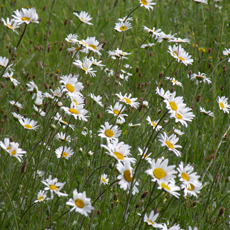
Oxeye Daisy
Leucanthemum vulgare
Commonly seen on our roadside verges, Oxeye Daisy is our largest native member of the daisy family.
Easily identified, Oxeye Daisy has large round flower heads of white petals with a yellow centre and are so bright that they appear to 'glow' in the evening hence other names of 'Moon Daisy' and 'Moonpenny'.
Growing upto 1m in height, Oxeye Daisy attracts large numbers of insects for it's nectar and pollen including bees, hoverflies and butterflies like the Meadow Brown (Maniola jurtina).
| Habitat: | Moist, well-drained soil in full sun. |
| Flowering: | May to August |
| RHS Perfect for Pollinators. |  |
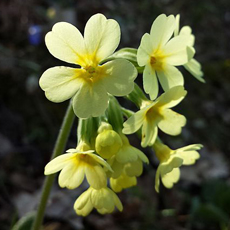
Oxlip
Primula elatior
Found in our woodlands, Oxlips are often mistaken for Cowslips but can be identified from their pale yellow flowers with five petals, atop a stem up to 25cm tall, which open out widely and all face in the same direction.
Oxlip is one of the first flowers to bloom in spring, making it ideal as an early nectar source for bees & butterflies
| Habitat: | Moist, humus-rich, neutral to acid soil in full sun or partial shade. |
| Flowering: | April to June |

Ragged Robin
Lychnis flos cuculi
Carried on tall stems up to 50 cm tall, the lacy flowers of Ragged Robin provide a soft, frothy swathe of pink from May through to August. But look closer at the flowers and you will find each petal deeply divided into four lobes, emerging from an attractive deeper pink calyx (hence the ragged look).
An important source of nectar for butterflies and long-tongued bees, when planted alongside a pond Ragged Robin will also attract dragonflies, frogs and toads!
| Habitat: | Moist or moisture retentive soil in full sun or partial shade. |
| Flowering: | May to August |
| RHS Perfect for Pollinators. |  |

Red Campion
Silene dioica
A dainty native flower, Red Campion can grow up to 1m tall and is a common sight along hedgerows and roadside verges.
It's rose-red flowers have five deeply cleft petals that are fused at their base forming a tube that is surrounded by a purple-brown calyx.
Red Campion female flowers secrete a frothy foam that captures pollen from moths, bees and butterflies visiting the flowers to gather nectar
In the language of flowers, Red Campion symbolises gentleness
| Habitat: | Moist, well-drained, neutral to slightly alkaline soil in partial shade. |
| Flowering: | April to September |
| RHS Perfect for Pollinators. |  |

Red Clover
Trifolium pratense
One of our most well known wildflowers, Red Clover has familiar reddish-pink flowers forming oval clusters over trifoliate leaves, often with a distinct whitish crescent at the centre of their oval leaflets: Many of us will remember hours of looking for that 'lucky' four leaf clover!!
Growing up to a height of 40cm, Red Clover produces nectar in abundance making it loved by our pollinating insects including the Common Corder Bee, Honeybee and the Short tailed blue butterfly.
| Habitat: | Fertile, moist, well-drained soil in full sun or partial shade. |
| Flowering: | May to October |
| RHS Perfect for Pollinators. |  |

Ribwort Plantain
Plantago lanceolata
The brown, spear-shaped flower heads with whitish anthers of Ribwort Plantain balance on top of thin, wiry stems; the resulting seed heads providing food for birds in winter.
Growing up to 45cm in height, Ribwort Plantain may not be the prettiest plant in the flora world but it's rich nectar attracts butterflies, bees and other insects so helping to support the eco-system and promote bio-diversity. It is also the larval food source for many different species of moth
| Habitat: | All soil types, apart from the most acidic, in full sun or partial shade. |
| Flowering: | April to October |
| RHS Perfect for Pollinators. |  |
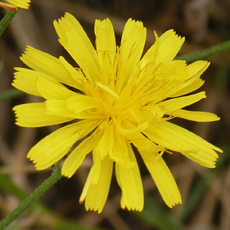
Rough Hawkbit
Leotodon hispidus
Rough Hawkbit is a grasslad perennial. The solitary flowers, atop hairy stems, are rich golden yellow with the outer florets oftenreddish or orange and the bracts behind the flower appearing very shaggy.
Often mistaken as Dandelion, Rough Hawkbit can grow up to 50 cms tall and is 'Perfect for Pollinators', attracting many different species of insects.
| Habitat: | Dry, well-drained soil in full sun. |
| Flowering: | May to October |
| RHS Perfect for Pollinators. |  |
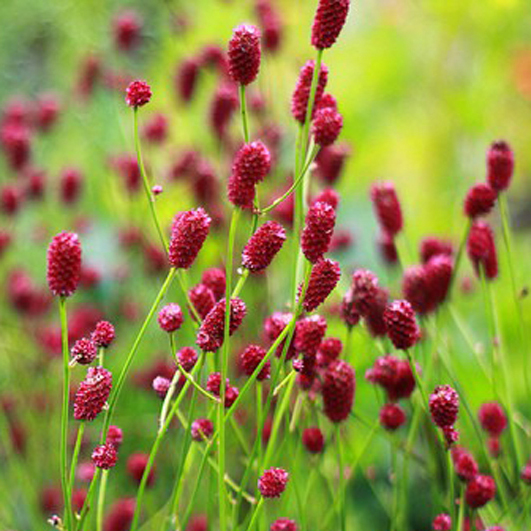
Salad Burnet
Sanguisorba minor
Living up to it's name, Salad Burnet is a popular addition to salads and summer drinks. It's greyish pinnate leaves, which when crushed have a strong scent of cucumber, form mounds from which tall stems of rounded flower heads of small green flowers with bright eye-catching red-pink styles grow up to 30cm tall.
A host for the Grizzled Skipper Butterfly to lay it's eggs upon, Salad Burnet is also on the RHS list as 'Perfect for Pollinators', helping us all bring back the bees!
| Habitat: | Poor to average, moist, well-drained soil in full sun or partial shade. |
| Flowering: | June to September |
| RHS Perfect for Pollinators. |  |

Selfheal
Prunella vulgaris
Selfheal is a low growing perennial wildflower at just 20-30cm tall.
It's quirky, 2-lipped, violet-blue flowers are hooded and appear in dense oblong clusters atop square stems.
As it's name suggests, Selfheal was traditionally used in herbel remedies, particularly for sore-throats, wounds and bruises. (Please note we do not recommend medicanal use of any of our plants)
Selfheal's rich nectar attracts bumblebees especially, as well as butterflies and other insects.
| Habitat: | Any moist soil in full sun or partial shade. |
| Flowering: | June to September |
| RHS Perfect for Pollinators. |  |
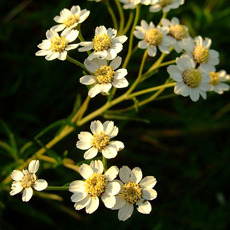
Sneezewort
Achillea ptarmica
This downy perennial , typically 60cm tall, has a pungent scent (hence it's common name) which will make you sneeze if inhaled too deeply.
Loose clusters of off-white petals surrounding a yellowish-brown disc floret form on slightly hairy stems above finely toothed, dark green leaves.
The open flowers of Sneezewort are attractive to a wide range of pollinating insects, particularly hoverflies. As it is a later flowering perennial, Sneezewort is a useful source of nectar when other flowers have finsihed flowering.
| Habitat: | Moist, well-drained soil in full sun. |
| Flowering: | June to August |
| RHS Perfect for Pollinators. |  |
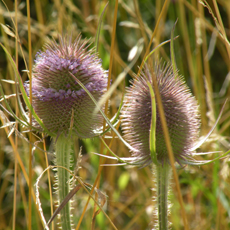
Teasel
Dipsacus fullonum
Teasel is probably best known for it's brown, prickly stems and conical seed heads, often used by crafters for making 'Mrs Tiggy Winkle' and her family!
Growing up to 2m or more in height the spiky flowerheads, which are mostly seen with rings of purple flowers which attract bees in summer, rise out of a prickly rosette of leaves.
As autumn approaches so will the birds, especially goldfinches, who delight in pulling out the seeds from the seed heads. Once the seeds have gone and the flowerheads dried, Teasel can be cut to provide an attractive winter flower for flower arrangers.
A top rate plant for attracting wildlife all year round!
| Habitat: | Moderately fertile soil in full sun or partial shade. |
| Flowering: | June to August |
| RHS Perfect for Pollinators. |  |

Toadflax
Linaria vulgaris
Often mistaken for Snapdragon, the yellow and orange flowers of Toadflax give Toadflax it's other common name of 'Butter and Eggs'. The attractive flowers sit proudly atop upright stems, growing up to 60cm tall.
Toadflax attracts a huge array of fauna, including the aptly named Toadflax Pug moth, the mouse moth and Satyr Pug moth. We also must mention Silver-Y Bumblebees and the small Skipper Butterfly.
| Habitat: | Well-drained soil in full sun or partial shade. |
| Flowering: | June to October |
| RHS Perfect for Pollinators. |  |

Valerian
Valeriana officinalis
Bearing sweetly scented pink or white flowers Valerian can grow to a height of 1.5m.
Valerian has been used for thousands of years for many purposes but one of our favourites is that the roots of Valerian can be added to compost heaps to speed up the bacterial activity and shorten the time needed to make compost!
Attracting many fly species, especially hoverflies, Valerian is also the larvae food source for many butterflies and moths including the Grey pug moth
| Habitat: | Moist but well-drained soil in full sun or light shade. |
| Flowering: | June to August |
| RHS Perfect for Pollinators. |  |
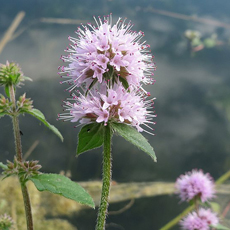
Water Mint
Mentha aquatica
Growing up to 50cm in height, Water mint has aromatic leaves, which can be used in the same way as other mints to flavour cooking and drinks.
Flowering from June to September, Water mint produces dense clusters of lilac-pink flowers.
Water mint prefers damp habitats and grows in water making it a good choice for wildlife ponds and bog gardens, attracting a wide range of pond wildlife including newts, frogs and dragonflies.
| Habitat: | Permantly wet soil, slightly acidic in full sun or partial shade. |
| Flowering: | June to September |
| RHS Perfect for Pollinators. |  |
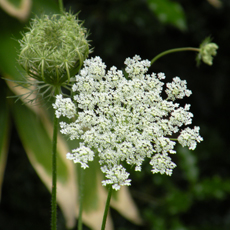
Wild Carrot
Daucus carota
Wild Carrot, whose other names include Bird's Nest or Queen Anne's Lace, grows between 30 and 60cm tall.
It's off-white flowers are arranged into flat, umbrella-like heads and most unusually quite often have a small central group or a single central flower of dark red.
Wild Carrot is attractive to a wide variety of specialised pollen and nectar feeding insects such as bees, hoverflies and beetles.
| Habitat: | Humus rich, moisture retentive soil in full sun. |
| Flowering: | June to September |
| RHS Perfect for Pollinators. |  |

Wild Marjoram
Origanum vulgare
Wild Marjoram is actually the same aromatic herb as oregano which is used widely in Mediterranean cooking.
Growing up to 60cm in height, the dark purple buds atop the stems open to show purple, pink or occasionally white bunches of flowers, which are particularly attractive to butterflies.
| Habitat: | Poor to moderately fertile, well-drained, preferably alkaline soil in full sun. |
| Flowering: | June to September |
| RHS Perfect for Pollinators. |  |

Wild Primrose
Primula vulgaris
One of our most well-known and attractive native wildflowers, Wild Primrose grows to a height of 30cm.
It's pale yellow flowers with deeper yellow centers herald the beginning of Spring and provide an early source of nectar for Bumblebees emerging from hibernation.
But did you know. . .April 19th is 'Primrose Day'. It's the anniversary of the death of Benjamin Disraeli and the primrose was his favourite flower which Queen Victoria sent him bunches of regularly. To this day, primroses are laid at his statue by Westminster Abbey on this date every year.
| Habitat: | Moist, humus-rich, neutral to acid soil in partial shade. |
| Flowering: | March to May |
| RHS Perfect for Pollinators. |  |

Yarrow
Achillea millefolium
Yarrow has dark green, finely divided, feathery leaves and flat-topped clusters of white flower heads, each comprising of yellowish disc florets and pinky-white ray florets - together they give the impression of one flower with a yellow centre and white petals.
Yarrow is named after the Greek hero Achilles, who is supposed to have used it to treat wounds on the battle field.
Growing up to 90cm in height, Yarrow is a must if you are trying to attract butterflies!
| Habitat: | Moist, well-drained soil in full sun. |
| Flowering: | May to August |
| RHS Perfect for Pollinators. |  |
